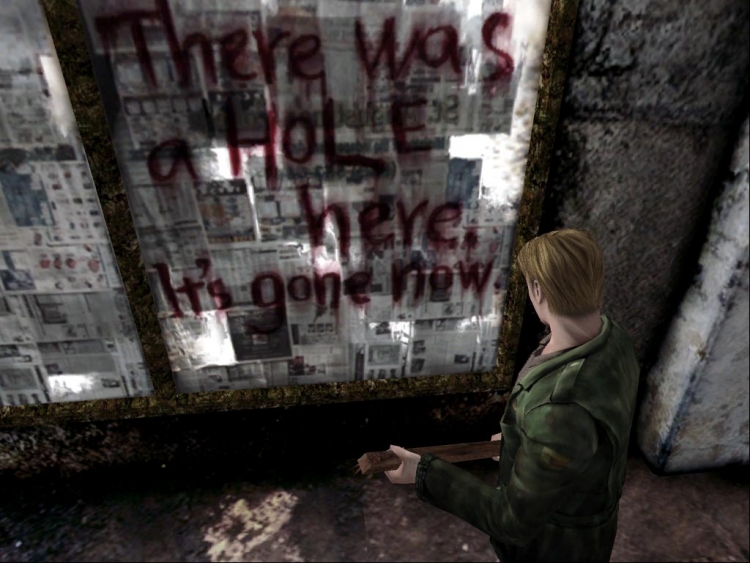Press Play to Start — Part 3: Horror Edition

One of video game's most prominent genres is the horror genre, which may be due to the inherent interactive nature of the medium. Of course, with horror games, comes horror music specifically designed to scare, creep, terrify, build suspense, unnerve or create a deep sense of unease in the player. This type of music also appears in other games when it is needed to create a unique "horror" atmosphere, but it is in the horror genre where it finds its home. So, now that Halloween is past, it's time to talk about some of the most disturbing pieces of video game music to keep the horror alive until next year.
Horror comes in all shapes and sizes—what scares one individual will not work on another. One of the more famous ways to scare someone is to take something innocent and twist it into something horrifying. It is this mentality which leads to the creation of 2008's Dead Space's harrowing rendition of Twinkle Twinkle Little Star and the insane and chaotic Playrooms from 1999's Shadow Man, featuring rubber ducks, drills, screams and laughter. This article will examine two soundtracks, one from what is considered one of the horror video games of all time, and the other from a game meant for children.
Silent Hill 2 — A Horror Masterpiece
Akira Yamaoka, the composer of most of the Silent Hill franchise (upon reflection on the series), described 2001's Silent Hill 2, "as the hallmark of the series." Silent Hill, by the way, has eight main games in the series, seven of which were composed by Yamaoka. While the game, for the most part, features dark heavy pieces of music from the industrial genre, it also includes music from a wide variety of genres including, "industrial, ambient, noise, classical, and even trip-hop". The featured piece is an example of one of the ambient pieces in the game and is also one of the more recognizable from the game and the series.
The piece is simple, relaxing, and seems a bit out of place in what is supposed to be a very dark and depressing game. At the same time, there is something eerie about it, like it belongs to some kind of musical uncanny valley. The piece, and many others like it throughout the game, create a strong sense of melancholy and unease in the listener. The reason why Yamaoka included pieces which go against what is considered typical horror music, is because he wanted to,
"Make a differentiation from other [horror] video games"
When describing the type of music that characterizes the series he refers to it as "dark but also beautiful", a description which fits perfectly with the piece.
EarthBound — A Game for Children
When it was released in the United States in 1995, Earthbound received a rating of "K-A" (Kids to Adults) from The Entertainment Software Rating Board (ESRB). When reevaluated for its cancelled re-release in 2007 it was rated E (for Everyone). Yet, when it was again re-evaluated for its official re-release in 2013, it received a rating of T (for teen). The reason for this change, according to The ESRB was that the game was found to contain "Fantasy Violence, Mild Blood, Suggestive Themes, Crude Humor."
Whether or not the re-evaluation is a sign that The ESRB is stricter than before does not matter as much as the fact that the game, originally, was designed, marketed and squarely aimed at children. This raises the very obvious question of what is this very disturbing electronic nightmare doing in this game? The piece starts with the sound of someone, or something, breathing, and ends in a distorted mess; in the middle is a short moment of respite where the main characters are praying for help.
An explanation for this disturbing final boss can be seen in its equally disturbing origin. The creator based the boss on an experience he had as a child where he walked into the wrong movie in the cinema and saw a scene where he thought a woman was being raped. In reality he misinterpreted the scene; it did not involve rape, instead, she was murdered. Nonetheless, it is this trauma which led to the creation of the boss. According to him, this can be seen in the,
"Sense of terror [of] having atrocity and eroticism side-by-side, and that’s what Giygas’ lines at the end are"
Even with this final boss, EarthBound is very clearly a game filled with childlike wonder, imagination and innocence. This only proves that sometimes, something can be made much scarier because it is so out of place and unexpected.
You can read the first and second parts of this series here: Part 1; Part 2







